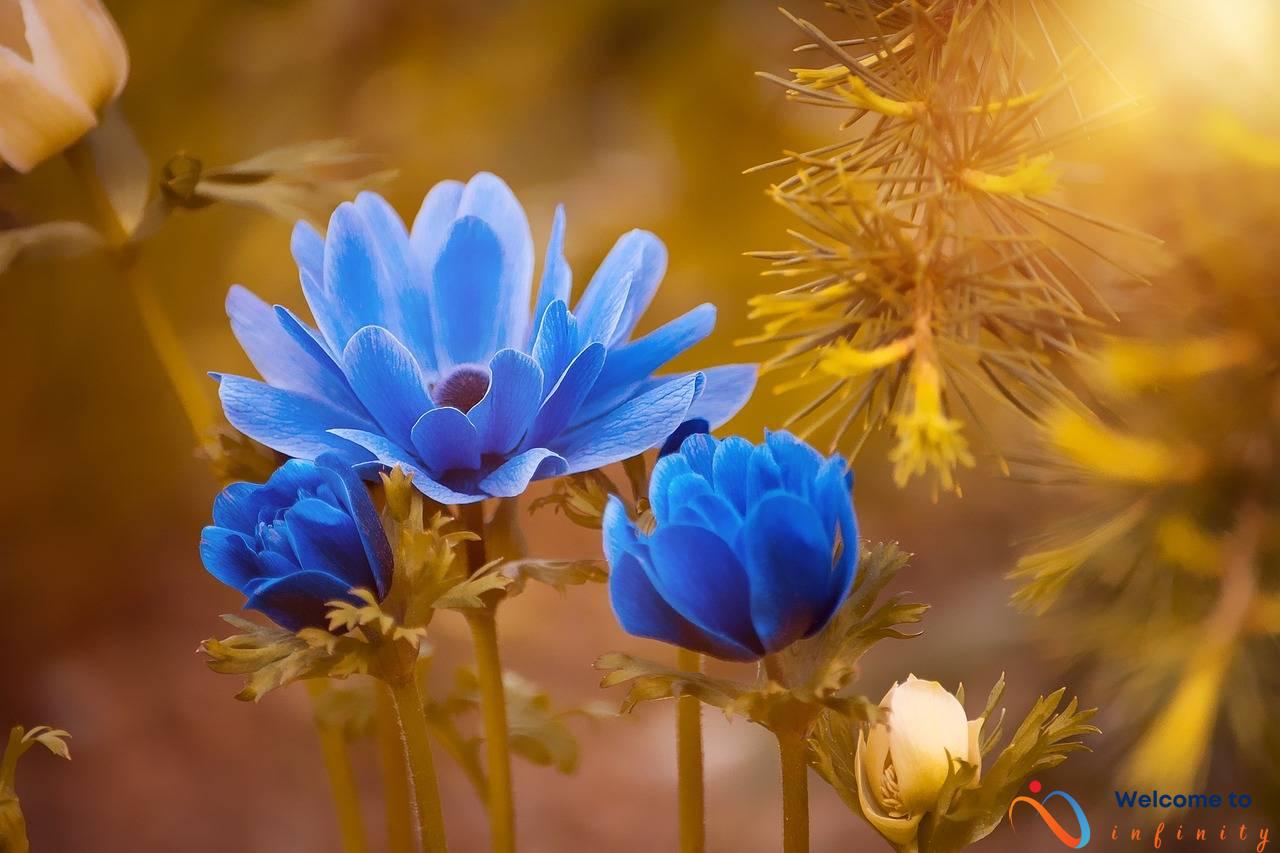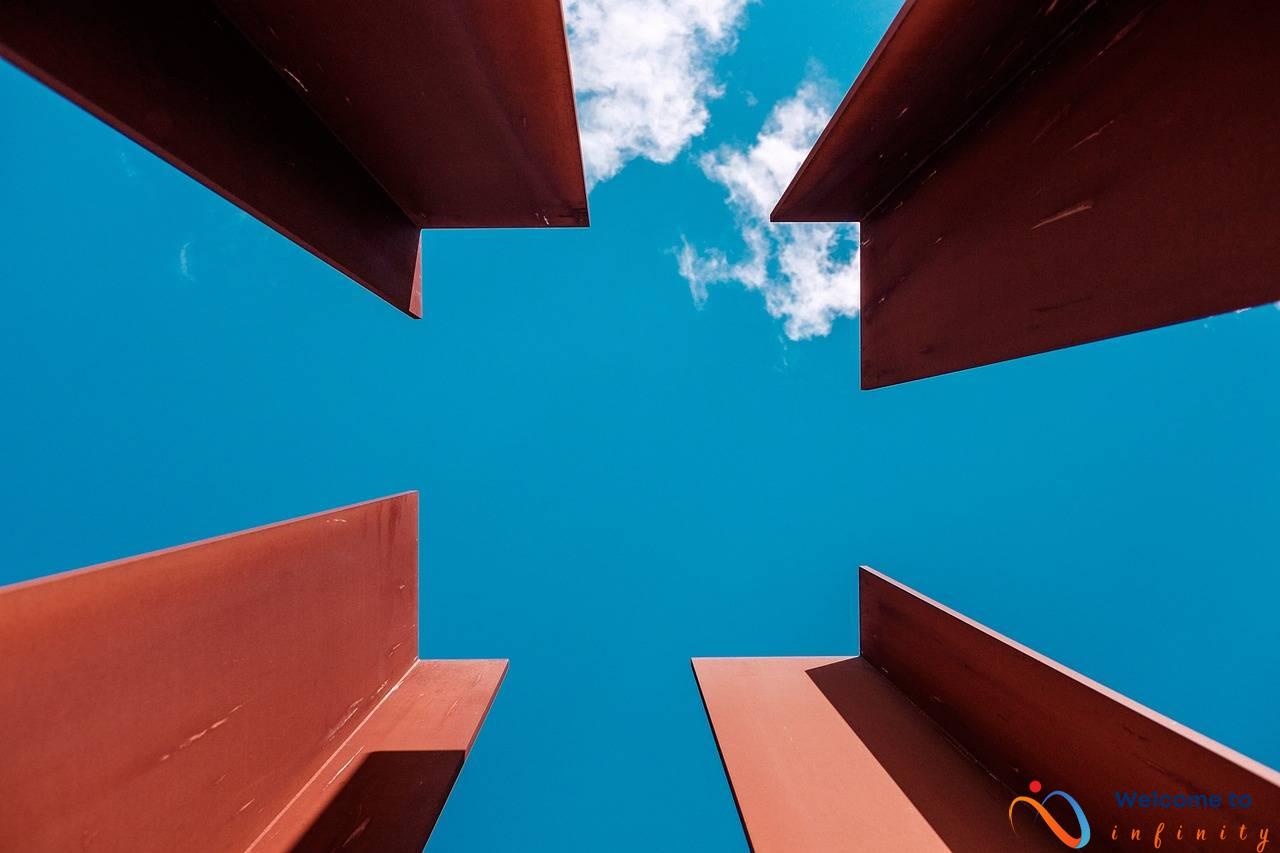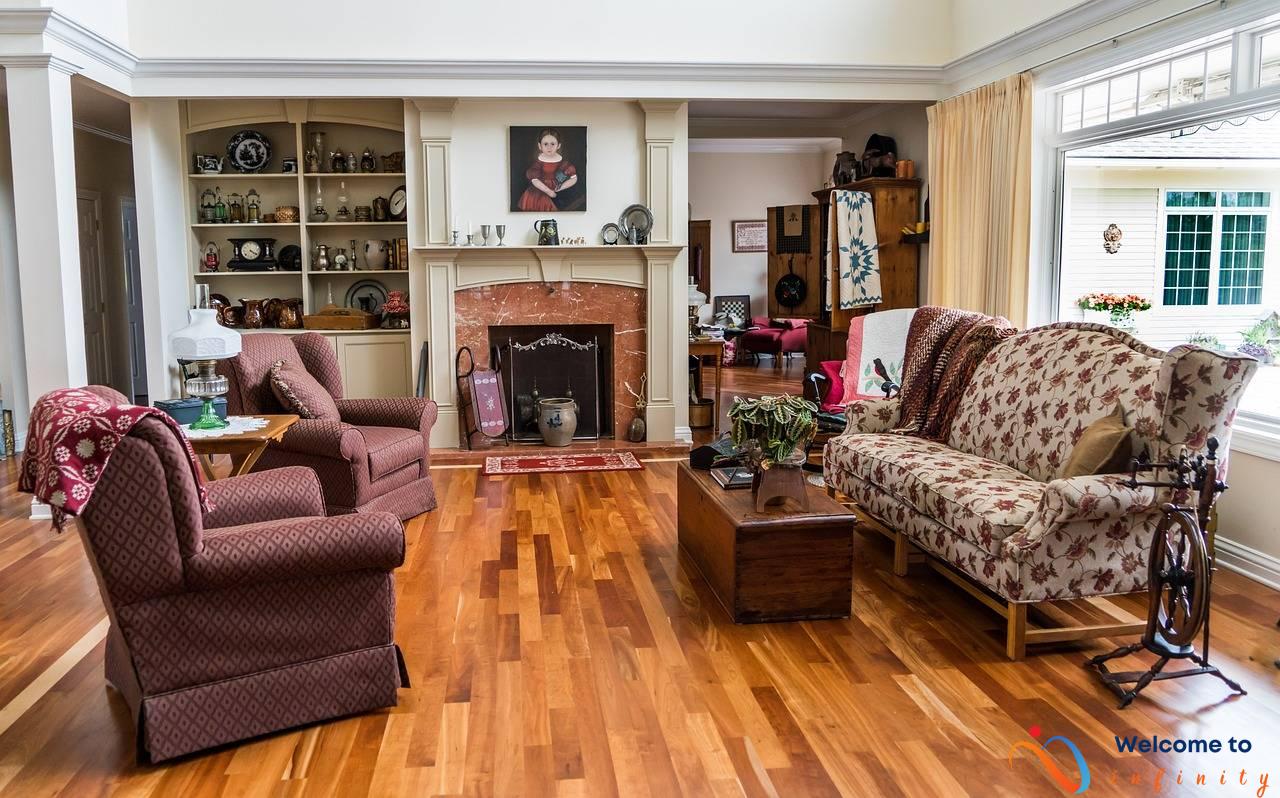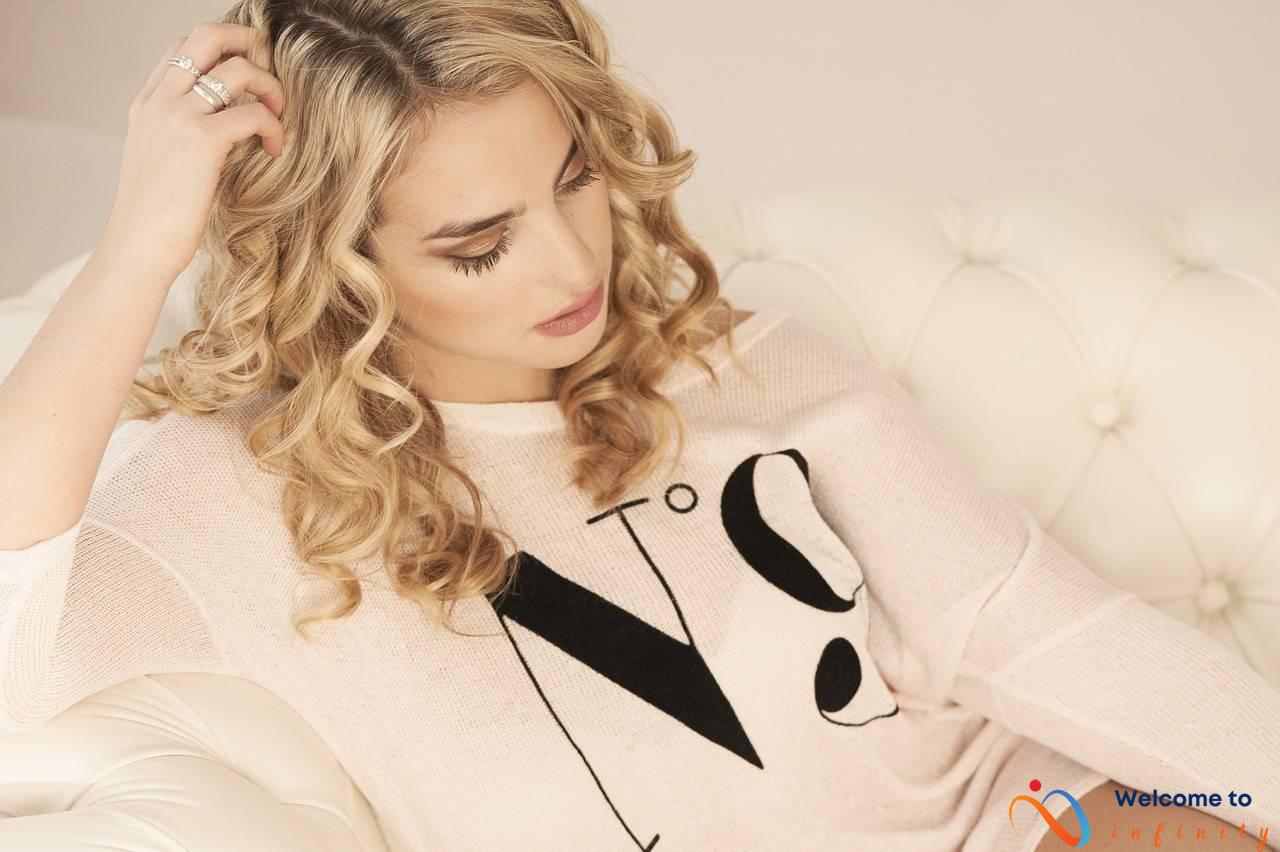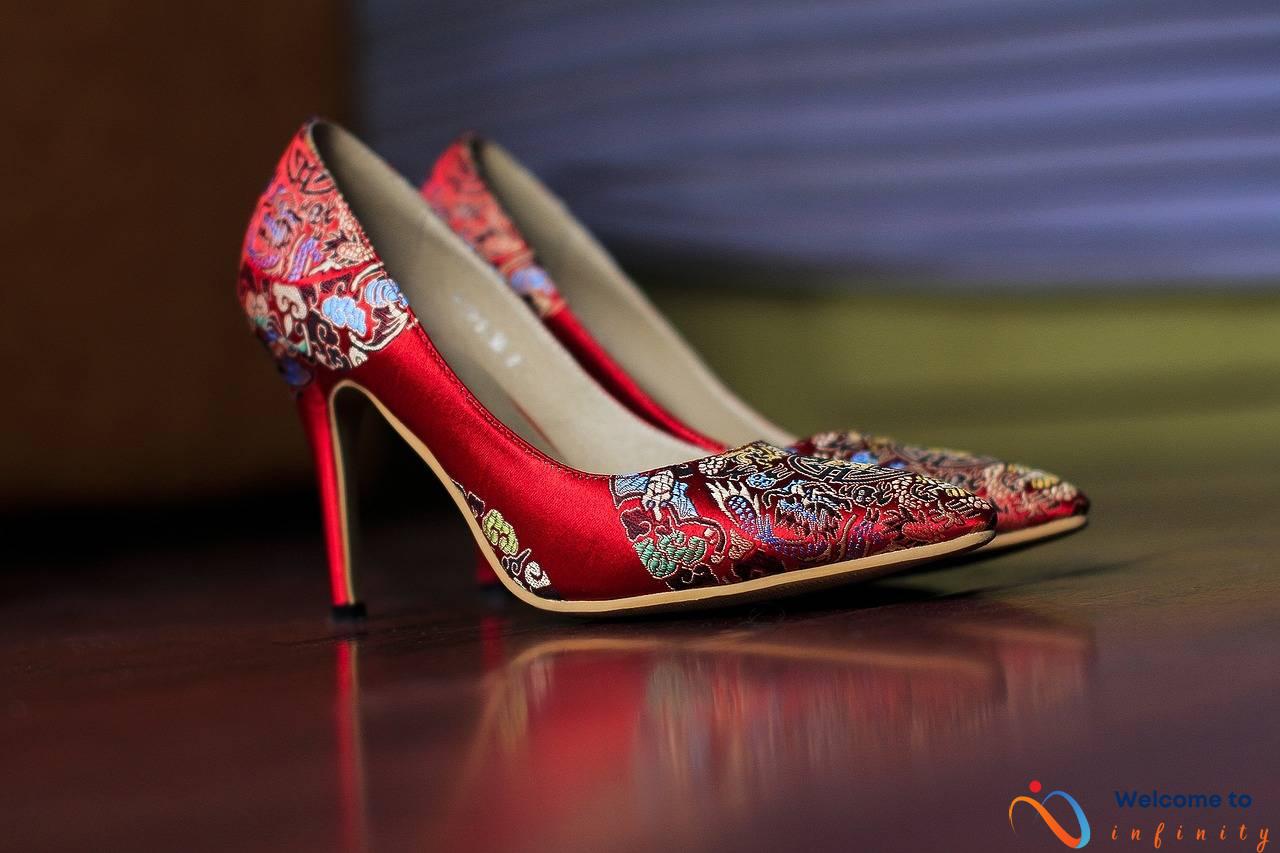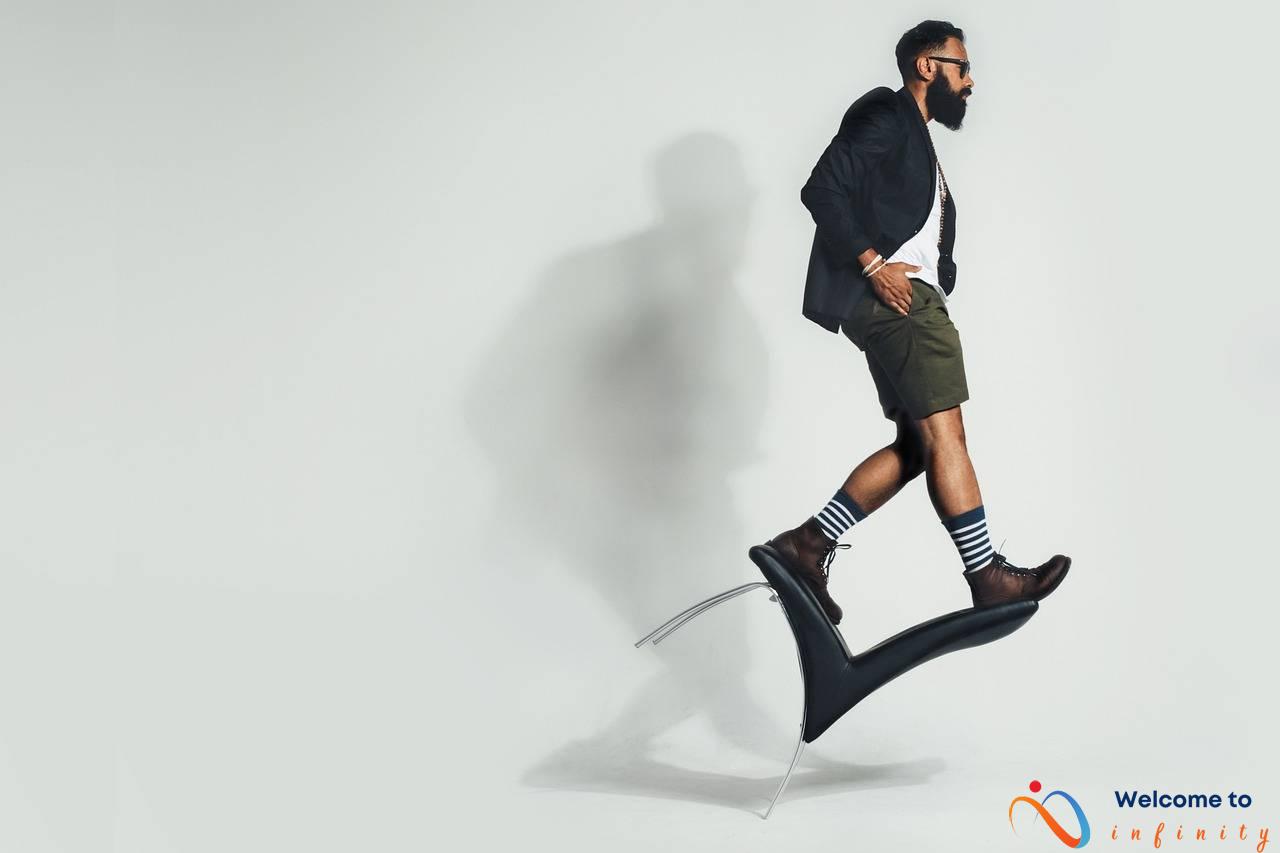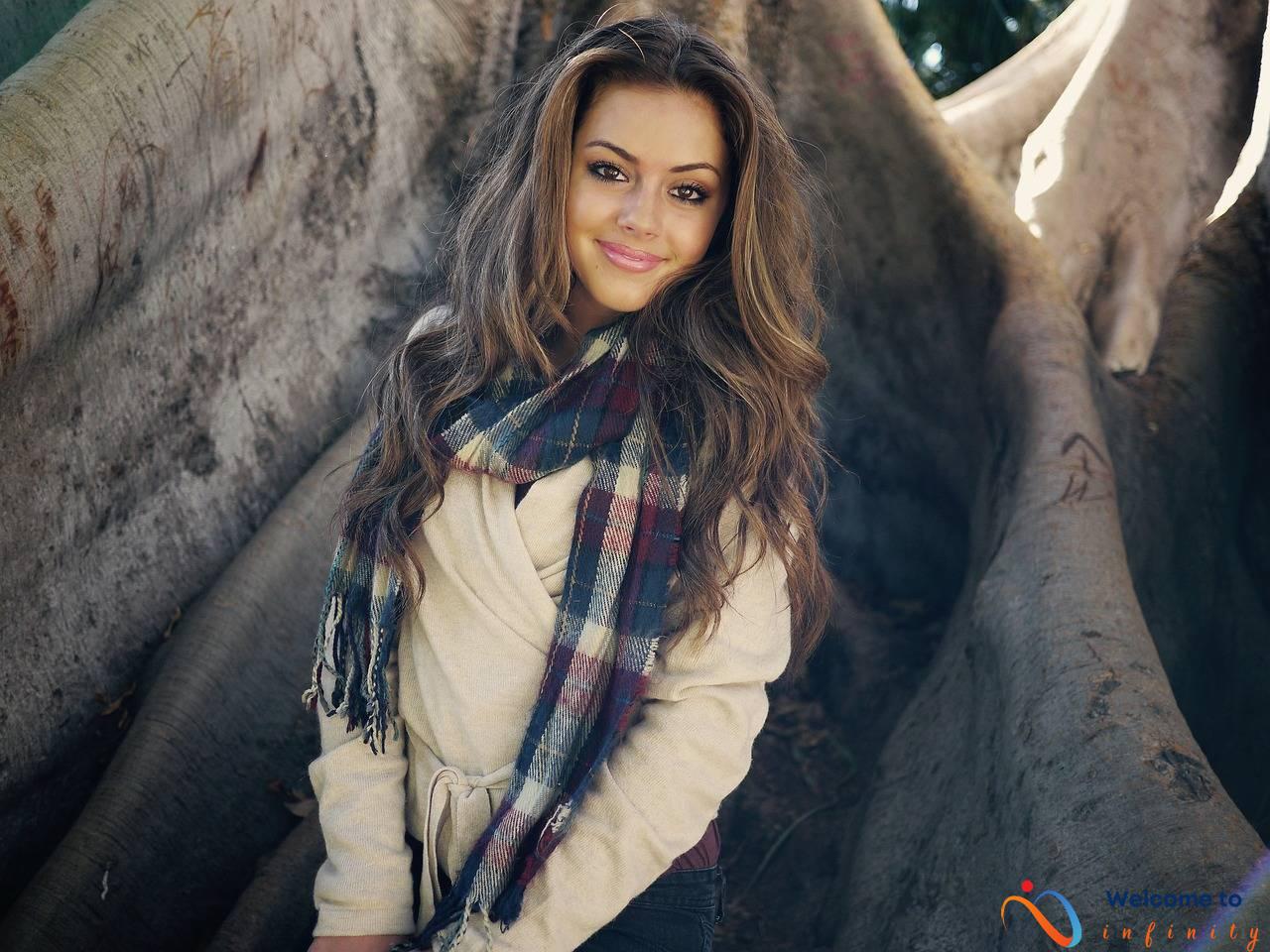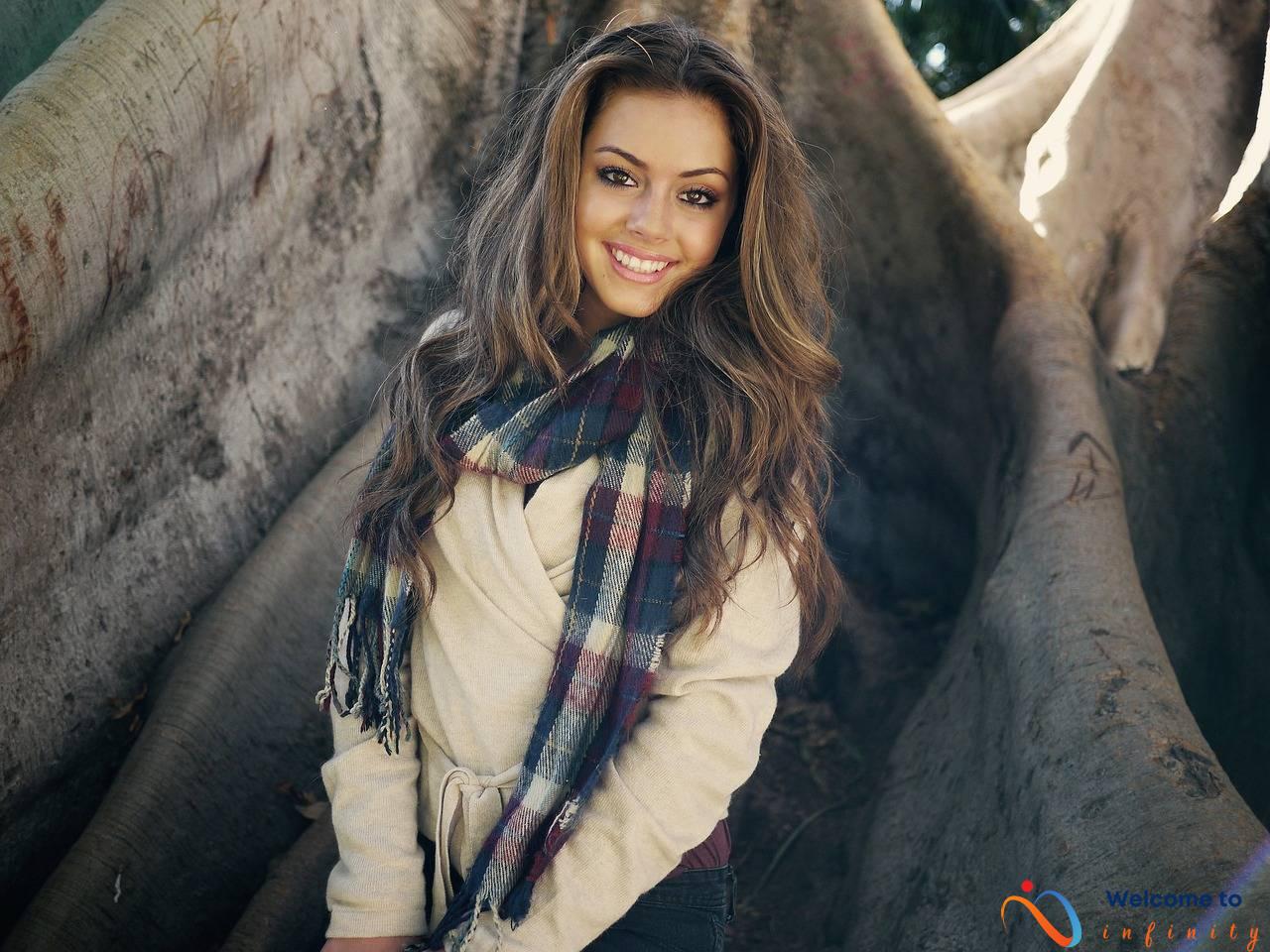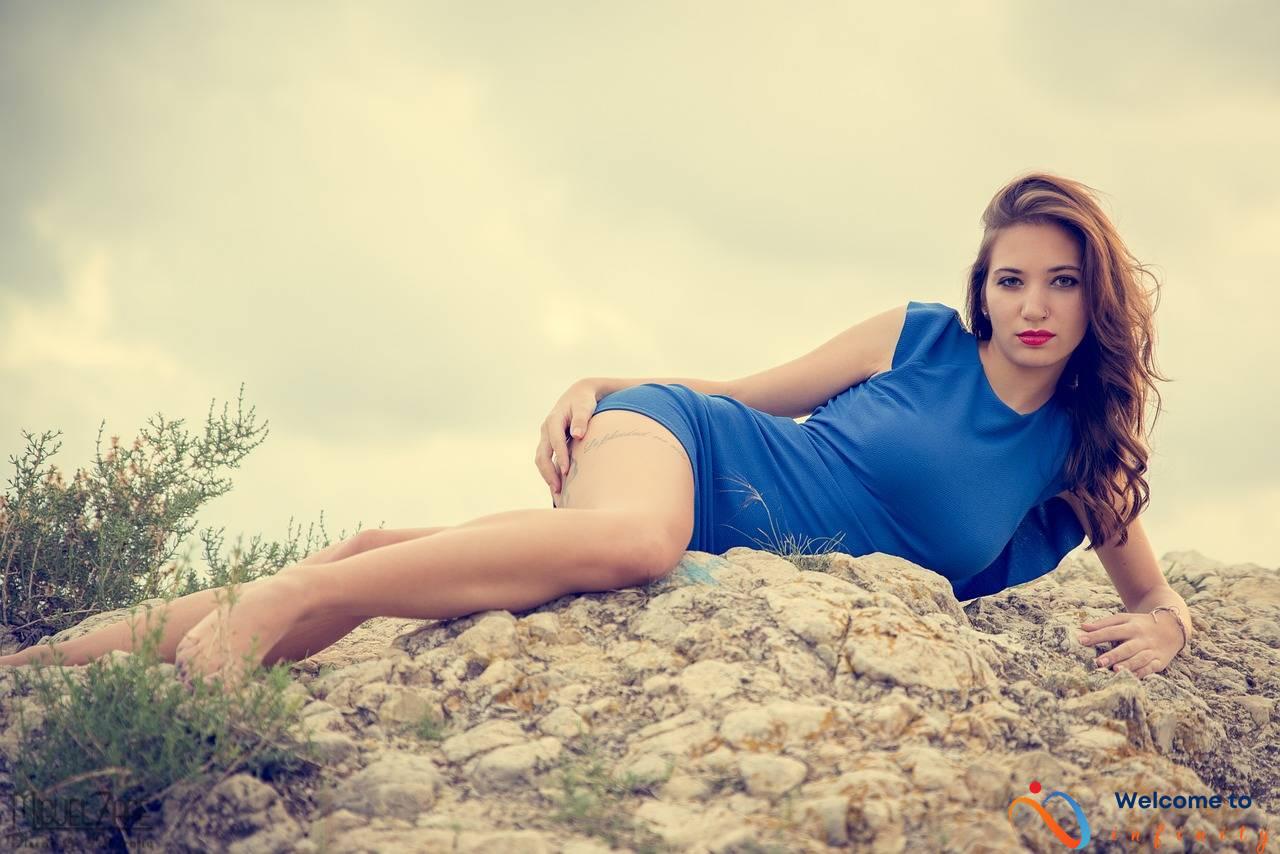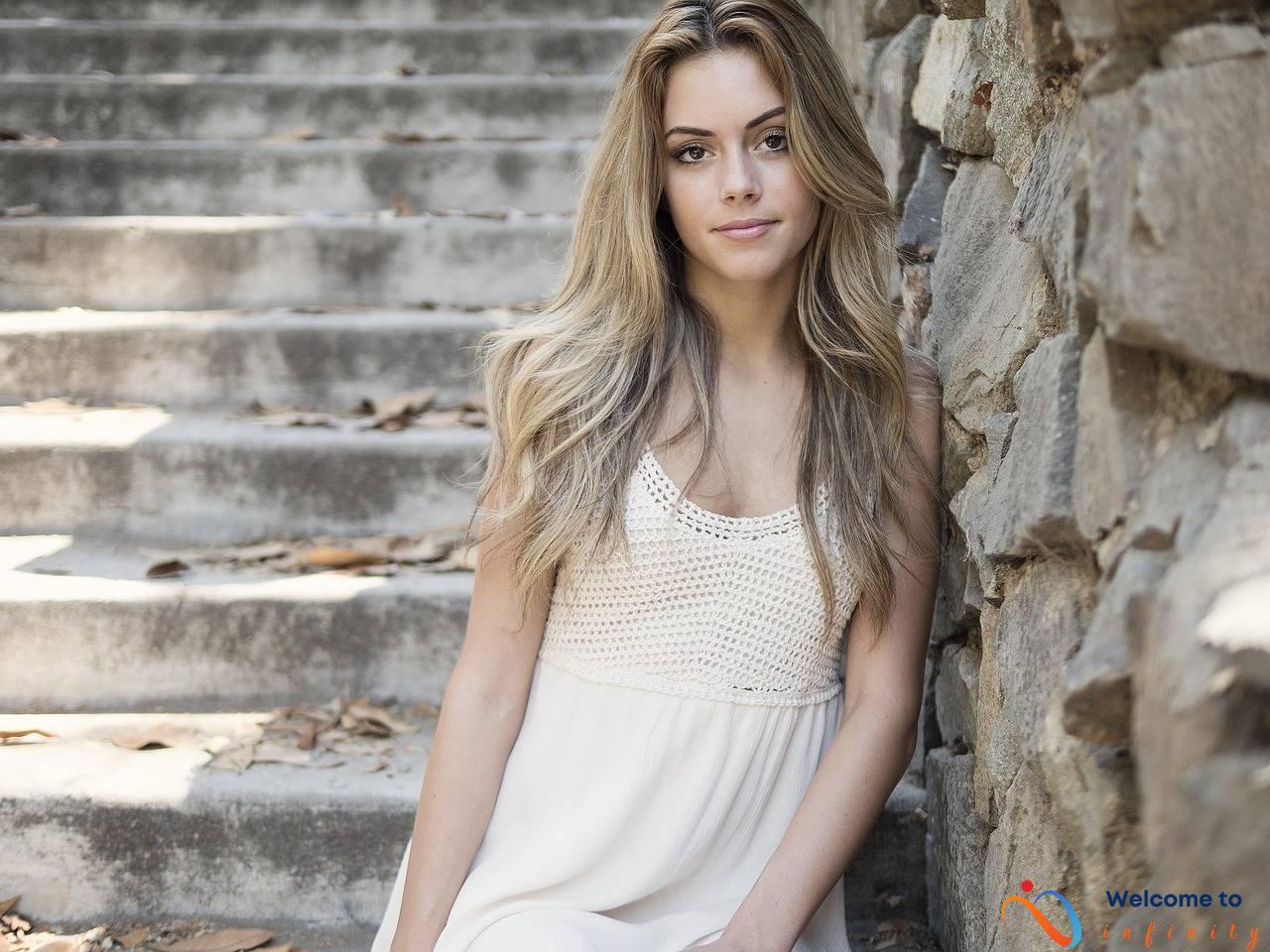Lighting is an integral part of fashion photography. the right lighting setup can make or break a shoot, influencing the mood and overall look of the images. In this article, we will be exploring different lighting setups for fashion photography and how they can be used to create different moods and effects.
Natural lighting can create soft, natural-looking photographs. Sunlight or diffused window light can be used to produce this effect. It's best to shoot in the early morning or late afternoon for the best natural light conditions. With natural lighting, photographers can achieve a range of looks, from dreamy and romantic to casual and relaxed.
Strobe lighting is a popular choice for creating highly dramatic images. The sharp, intense light produced by this type of lighting can add impact and depth to fashion photographs, thus emphasizing the model's features. A simple and effective way to use strobe lighting is through a one-light set up. There are various one-light setups, such as butterfly lighting and loop lighting, that can be used to produce different effects.
To create dynamic, intricate images, photographers can use multiple light setups. Clamshell lighting is a common multiple-light setup used to create a soft, flattering look ideal for beauty and close-up shots. Rim lighting is another popular technique used to add depth and separation to the background by illuminating the model from behind.
External lighting modifiers can greatly enhance the outcome of fashion photography. Softboxes are instrumental in creating a large, soft light source ideal for creating an even, diffused light. Beauty dishes, another popular modifier, create a tight, powerful light source that can add drama and boldness to images. There are also gels available in different colors that one can place over the light source to add color and create a specific mood or tone.
Experimentation and creativity are key when it comes to fashion photography lighting. By utilizing the different lighting setups and modifiers, photographers can create a range of styles and effects to produce striking and memorable images.
Natural Lighting
Using natural light sources is a popular technique in fashion photography that can create soft and natural looks. Sunlight and diffused window light are two common sources of natural light that can be used to create stunning images.
Direct sunlight can create harsh shadows and highlights, but shooting during the golden hour (the hour after sunrise or before sunset) can create a warm and flattering light that adds depth and dimension to the photo. Diffused window light, on the other hand, can create soft and even light that is ideal for portrait photography.
One important thing to keep in mind when using natural light is to position the model in the right spot. It's important to find the right angle and position for the model to ensure optimal lighting.
In addition, photographers can use reflectors to bounce light onto the model and fill in shadows. Reflectors can also be used to create catchlights in the model's eyes, which can add sparkle and life to the photo.
In summary, natural lighting can be a great option for fashion photography shoots. It is important to pay attention to the light source, the model's positioning, and how to effectively use reflectors to achieve the desired look.
Strobe Lighting
Strobe lighting is commonly used in fashion photography due to its ability to produce sharp, intense light that can add drama and impact to images. Strobe lights emit short bursts of high-intensity light, which can freeze movement and capture detail in a way that other lighting setups cannot.
One popular way to use strobe lighting is through a one light setup. This is a simple and minimalist approach that can create dramatic and impactful looks. The butterfly lighting technique, also known as Paramount lighting, is a classic one light setup where the light source is placed directly above the model's head, which emphasizes their cheekbones and creates a striking look. Loop lighting is another one light setup that produces a soft, natural look, emphasizing the eyes and nose of the model.
In addition to one light setups, multiple light setups can also be used with strobe lighting to create intricate and dynamic arrangements. Rim lighting is a technique that is commonly used in fashion photography and involves placing a light source behind the model to create a rim of light around them, creating depth and separation from the background. Clamshell lighting, which is a popular multiple light setup, uses two lights to create a soft, flattering look that's ideal for beauty and close-up shots.
Overall, strobe lighting is a powerful tool that can create a range of styles and effects in fashion photography. With experimentation and creativity, a photographer can achieve striking and memorable images using this lighting technique.
One Light Setup
A one light setup is a useful lighting technique for creating minimalist images with impact. With only one light source, it can be easy to control the lighting and highlight specific details of the model or clothing.
The two most popular one light setups are butterfly lighting and loop lighting. Butterfly lighting is also known as Paramount lighting and is commonly used in beauty shots. It emphasizes the cheekbones and creates a butterfly-shaped shadow under the nose, hence the name. Loop lighting, on the other hand, produces a soft and natural look by casting a small shadow of the nose on the cheek.
| Pros | Cons |
|---|---|
| – Easy to Set Up and Control – Creates Minimalist and Dramatic Images – Less Equipment Needed – Ideal for Studio Portraits |
– Limited Creativity and Flexibility – Limited Light Control – Not Ideal for Outdoor Shoots |
To achieve a one light setup, a strobe light is the most common option. For a minimalist and dramatic look, choose a light with either a diffuser or reflector. The distance and angle of the light source should be adjusted to create the desired effect. Other external modifiers, such as softboxes or beauty dishes, can also be used to shape the light output.
It is important to experiment and play around with the lighting setup to find the most suitable one for the shoot. With a one light setup, creating striking and memorable fashion images can be achieved effortlessly!
Butterfly Lighting
Butterfly lighting, also known as Paramount lighting, is a classic and popular one light setup that emphasizes the cheekbones of the model. This technique is created by placing the light source directly above the camera and pointing it downwards at a 45-degree angle towards the model's face. The resulting light pattern resembles a butterfly shape, hence the name.
This technique is ideal for creating a soft, flattering, and glamorous look, particularly for beauty shots. The shadows created by butterfly lighting help to contour the cheekbones and jawline while also highlighting the eyes. It is essential to use a large light source, such as a softbox or umbrella, to create even and natural-looking light. Depending on the intended effect, a reflector can be placed below the model's face to fill in any shadows created by the light source.
Butterfly lighting is commonly used in fashion and beauty photography and is a favorite of many photographers due to its simplicity and effectiveness. With some experimentation and creative adaptation, this lighting setup can be utilized to create a wide variety of moods and styles.
Loop Lighting
Loop lighting is a simple and effective one light setup in which the light source is placed slightly higher and angled down towards the model's face. This technique creates a loop-shaped shadow under the nose that adds depth to the image and emphasizes the eyes and nose. The position of the light produces a soft, natural look that is ideal for portraits and headshots.
Using a reflector on the opposite side of the light source can help fill in any shadows and further soften the light. This setup is also versatile and can be modified by adjusting the distance and angle of the light source to achieve different effects. Loop lighting is a popular choice for beauty and portrait photography because of its flattering and natural results.
Here's a quick summary of the key points when using loop lighting in fashion photography:
- Place the light source slightly higher and angled down towards the model's face
- Create a loop-shaped shadow under the nose to add depth and emphasize the eyes and nose
- Use a reflector on the opposite side of the light source to fill in shadows and soften the light further
- Adjust the distance and angle of the light source for different effects
Loop lighting is an excellent option for fashion photographers who prefer a simple and natural look that emphasizes the model's features. Experimenting with different lighting setups and modifiers can lead to surprising and exciting results.
Multiple Lights Setup
Using multiple light setups can add complexity and depth to fashion images, creating intricate and dynamic lighting arrangements that can emphasize different aspects of the model, the clothing, and the setting. One common multiple light setup is the three-point lighting, which involves using three lights to illuminate the subject from different angles and distances.
The key light is the primary light source that provides the majority of the illumination and sets the mood of the image. The fill light is a secondary light source that is used to soften the shadows created by the key light and provide additional illumination to the subject. The backlight, or rim light, is a light source positioned behind the subject that creates separation from the background and highlights the contours of the subject's silhouette.
Other multiple light setups can involve using four or more lights, which can create even more intricate and nuanced lighting effects. For example, using a hair light, which is a light source that illuminates the hair of the subject from above or behind, can add depth and volume to the hair and create a more three-dimensional look. Using a background light, which is a light source that illuminates the background behind the subject, can add texture and depth to the background and create a more dynamic and layered composition.
It is important to balance the different light sources in a multiple light setup to achieve the desired effect. Too much light can create a flat and uninteresting image, while too little light can result in underexposed and dull images. Experimentation and practice are key to mastering the use of multiple light setups in fashion photography.
Clamshell Lighting
When it comes to beauty and close-up shots in fashion photography, the clamshell lighting setup is the go-to technique for creating a soft, flattering look. This popular setup uses two lights, with the main light placed above and the fill light positioned below and slightly angled upwards.
The main light is often a beauty dish or softbox, which produces a powerful, focused light source that creates dramatic shadows and emphasizes the model's features. The fill light is usually a smaller softbox or reflector, which softens the shadows and provides extra illumination to balance out the overall look.
The resulting effect creates a soft and even light that is ideal for emphasizing the model's facial features and creating a flattering look. The clamshell lighting setup is a versatile technique that can be adapted to different shooting conditions and styles.
Depending on the desired look, photographers can adjust the angle and intensity of the lights, as well as experiment with using different modifiers, such as gels or diffusers, to add color or soften the light source.
The clamshell lighting setup is a classic technique that is widely used in beauty and portrait photography, and it can be a valuable tool in a fashion photographer's lighting arsenal. By mastering this technique, photographers can create stunning and timeless images that capture the beauty and essence of their models.
Rim Lighting
Rim lighting is a powerful technique that can be used to create separation between the model and the background. It works by positioning a light source behind the model, usually slightly above them, to create a rim or halo of light around the model's silhouette. This technique can be used in various types of settings, whether indoors or outdoors, and can create striking and dramatic images.
Rim lighting can be particularly effective for photographing models with dark hair or clothing, as the light creates a visible separation between the subject and the background. To achieve the best results with rim lighting, it's important to position the light source correctly. The light should be aimed towards the back of the model's head, which will create the desired halo effect. It's also important to adjust the power and distance of the light to suit the scene and the model's skin tone. Too much light can create an overexposed effect, while too little light can make the rim too subtle.
Rim lighting can be used in combination with other lighting techniques such as softboxes or strobes to create even more dynamic effects. To make the most of this technique, experiment with different lighting setups and positions to see what works best for your shoot. With some practice and patience, you can master rim lighting and create striking and memorable fashion images that truly stand out.
External Lighting modifiers
External lighting modifiers are essential accessories in fashion photography that can help shape and control light output for a desired effect. They attach to lighting equipment and come in various shapes and sizes to produce different effects. Here are some of the most commonly used modifiers in fashion photography:
Softboxes are an external modifier that creates a large and soft light source. They come in various shapes and sizes, from rectangular to octagonal, and are made of diffused fabric or plastic material. Softboxes produce soft, even light ideal for creating a natural and flattering look. They are ideal for shooting portraits and beauty shots.
Beauty dishes are a popular modifier in fashion photography that produce a tight, powerful light source. They are circular in shape and have a metal or plastic bowl with a disk that covers the front. Beauty dishes produce a ring light effect that adds a dramatic and bold look to images. They are popular for shooting beauty and fashion portraits.
Gels are thin, colored sheets that can be placed over a light source to add color and mood to images. They come in various colors, such as blue, red, green, and yellow, and produce a unique effect on images. Gels are ideal for creative fashion shoots where a specific mood or tone is required.
In conclusion, external lighting modifiers are essential accessories in fashion photography that can help produce a range of effects and styles. Softboxes produce soft, even light, beauty dishes add a dramatic and bold look, and gels add color and mood to images. Using different modifiers and experimenting with creative lighting techniques is crucial in producing striking and memorable fashion images.
Softboxes
Softboxes are external modifiers that attach to a light source and create a large and soft light source, ideal for creating soft, even lighting. They are available in different shapes and sizes to suit different photography applications, such as portrait or fashion photography. The use of softboxes has become the lighting standard for many photographers as they produce more natural and softer lighting than other light sources.
The shape of a softbox can be rectangular or circular, and it can have a variety of sizes. The larger the softbox, the softer the light it produces. Conversely, smaller softboxes produce harsher, more focused light. Softboxes help to soften and diffuse light, which helps to reduce glare and shadows.
With their even and soft light, softboxes are an ideal tool for creating portrait and headshot photographs. Softboxes can be used to highlight facial features, such as the cheekbones. They can also be used to brighten up an entire room, making them the perfect lighting option for large group shots.
When using a softbox, it is crucial to position it correctly to get the desired effect. Placing it to one side of the model can create a wrap-around effect, while placing it in front of the model can create a flat and even light. Overall, softboxes help to create a more natural and beautiful lighting effect that can enhance the mood of any photo shoot.
Beauty Dish
In fashion photography, a beauty dish is a popular external modifier that produces a tight, powerful light source. Its circular design helps to spread light evenly, creating a soft yet dramatic effect on the subject. Beauty dishes are commonly used for fashion and beauty shoots to add depth and dimension to the model's features.
Beauty dishes come in various sizes and materials, including metal and reflective surfaces. They are typically mounted on a stand or boom to direct light on the subject's face or body at an angle that creates a striking look. The light produced by a beauty dish is typically brighter and more focused than other modifiers, such as softboxes or umbrellas.
When using a beauty dish, it is essential to set the power of the light source appropriately, as it can produce harsh shadows on the model's face. Beauty dishes are ideal for fashion portraits and beauty shots where the photographer is looking to enhance the model's features.
Overall, beauty dishes are an excellent tool for fashion photographers who want to add a dramatic and bold look to their images. They are easy to set up and use, and with a little experimentation, photographers can create a wide variety of light effects on their models.
Gels
Gels are an efficient way to add color to your fashion photography. They are thin, colored sheets that you can place over a light source to modify the color. Gels are available in a wide range of colors and shades to produce different moods and effects. Use blue gels to create a cool and soothing look, or red gels to add warmth and intensity to your photos.
Gels are commonly used for creating dramatic and stylized looks in fashion photography. They allow you to add color to shadows, highlights and even the model themselves, for a striking and colorful image. Gels can also be used to match ambient light temperatures between different sources, providing a visually consistent look and feel.
When using gels, it's important to take note of your light source's power output, as gels will typically reduce the amount of light passing through them. To ensure a consistent look, test your gels with your lights and camera settings before your shoot. You can even experiment with layering multiple gels on top of each other to create unique colors and shades.
- Use gels to add color to shadows and highlights for a dramatic look
- Match ambient light temperatures between different sources
- Experiment with layering different gels on top of each other for unique colors
| Gel Color | Effect |
|---|---|
| Blue | Cool and soothing |
| Red | Warm and intense |
| Yellow | Warm and bright |
In conclusion, gels are an effective tool in creating striking and memorable fashion photography. With the right selection and combination of colors, you can create unique and dynamic images that stand out from the rest. Keep experimenting with gels and other lighting techniques to continue honing your craft and producing stunning fashion images.
Conclusion
After exploring various lighting setups for fashion photography, it is evident that lighting plays a pivotal role in setting the tone and mood of the images. The use of natural lighting can create soft and natural-looking images, while strobe lighting can add drama and impact to the fashion images.
Furthermore, understanding how to use different lighting techniques, such as the one light setup or the multiple light setup, and external modifiers, such as softboxes or gels, can help create a range of styles and effects. Beauty dishes, for instance, are great for producing a dramatic and bold look, while softboxes can create a soft and even light ideal for fashion photography.
Ultimately, experimentation and creativity are crucial in producing striking and memorable fashion images. Trying out different lighting setups and modifiers while taking into account the model's features and wardrobe can result in stunning and unique photographs.

